E-commerce continues to show no signs of slowing, with predictions for retail e-commerce sales to reach more than $8 trillion by 2027. Of course, with that comes more opportunities for security breaches, lost revenue, and damaged reputations. IBM found that the global average cost of a data breach last year was $2.45 million.
There are ways that you can help fight back, though. Here we explore some of the best tips to bolster security for your e-commerce website:
- Use secure payment gateways. Payment gateways encrypt sensitive payment information and facilitate the transaction between the payment processor and the front-end website experience. Some factors to consider when strengthening the security of your payment gateway include:
a. Network tokenization - Tokenization replaces the Primary Account Number (PAN) – the sensitive 15- or 16-digit number on a consumer’s card – with a “token” that is a random string. Network tokenization comes from card networks rather than payment service providers and goes a step further by accompanying the PAN-replacing token with a single-use cryptogram required for payment processing. This means each transactional payload is completely unique. Network tokenization also means that customers’ full card details are retained only by the consumer, the issuer and card network, which effectively means that third-party payment service providers still transact normally since they don’t have access to card details, as they might have in other forms of tokenization.

b. PCI DSS compliance – The Payment Card Industry Data Security Standard is a set of 12 requirements created to ensure a minimum standard of data security for organizations that handle credit card information. Choose a payment gateway that adheres to the latest PCI DSS compliance standards, such as never storing sensitive authentication information, like the CVCs or PINs associated with cards, or masking the PAN.
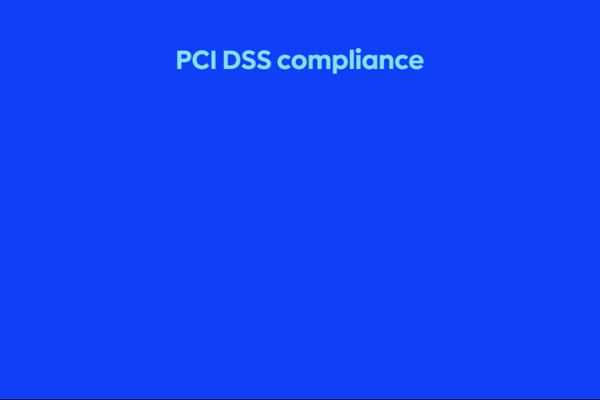
- Don’t store sensitive and confidential information – If you can, avoid storing confidential information on your website database. This is especially important as over 353 million individuals were affected by data compromises last year in the United States alone. Third-party solutions that adhere to PCI DSS compliance can take the responsibility off your shoulders for handling sensitive payment information.
- Require strong password protocols – With the seemingly infinite number of passwords one is required to have these days, many consumers default to easily remembered ones or using the same one for multiple accounts. Unfortunately, that leaves them vulnerable to hackers. Implementing strong password protocols – e.g., requiring more than eight characters in length, or adding numbers or symbols – can go a long way in protecting your e-commerce site from being breached.
- Obtain an SSL certificate – The Secure Sockets Layer (SSL) protocol is required for all e-commerce businesses that adhere to PCI compliance. Besides that, the appropriate SSL for your website and business encrypts all the information sent to your site, helping protect both your site and your customers’ data.
- Choose a secure hosting provider – Since your hosting provider stores all your site’s files, you want to make sure that provider is as secure as possible. Choosing a provider that includes features like firewall protection, malware removal, SSL certificate and distributed denial-of-service (DDoS) protection can go a long way in protecting your e-commerce website.
- Distribute your content through a secure Content Distribution Network (CDN) – CDNs can be useful since they are networks of servers distributed globally so that your customers’ requests are routed through the closest one geographically when they are on their site. This not only improves loading speed but can also help keep your site secure. Ensuring your CDN is secured with SSL certificates means it meets a high standard of authentication and encryption.
- Be careful when using open-source tools to build your website – Although open-source tools can make website building low-cost and customizable, they come with a risk: the ubiquity of websites and applications using them can leave them vulnerable to attacks. These attacks can be quite common as they are considered “low-hanging fruit” for hackers.
- Educate yourself on different types of risk – Not all risk is created equally; nor does it remain stagnant. By remaining up to date on the latest cybersecurity threats that are relevant to your business – from financial fraud to social engineering attacks – you can understand what to look for and how to find solutions for any potential or existing threats.
As we continue to enjoy the numerous benefits of e-commerce and its rapidly developing innovations, we need to ensure we are balancing the scale with protecting our customers, businesses, and financial institutions. Luckily, there are many solutions to help us do so – it is a matter of knowing what to do, why, and how. After all, to be forewarned is to be forearmed.
Learn how the Paze online checkout experience can help bolster your e-commerce website security.

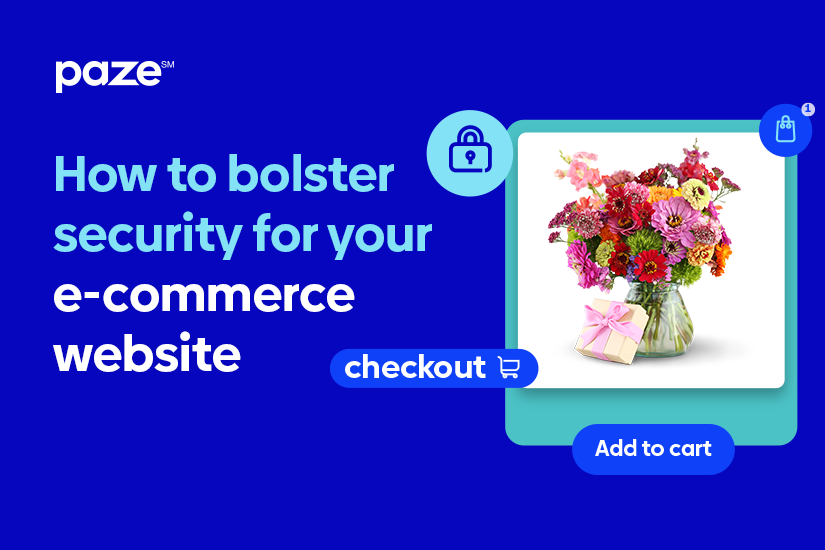

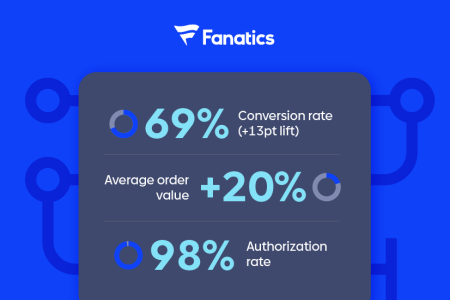
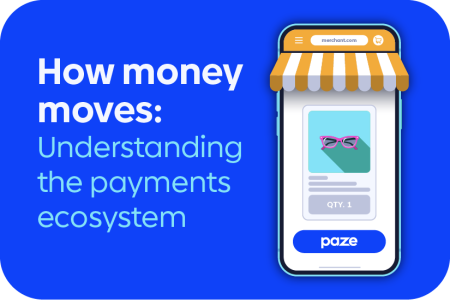
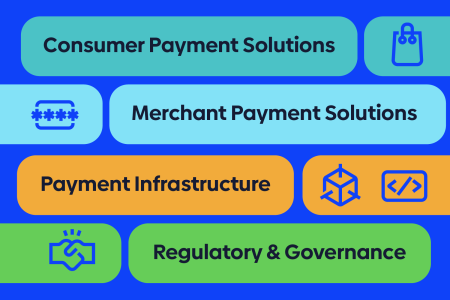

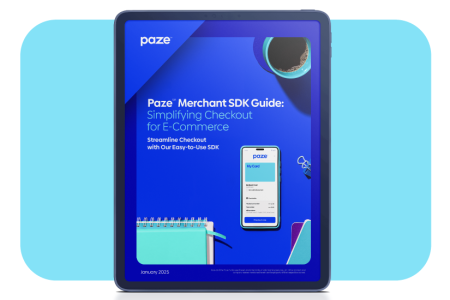

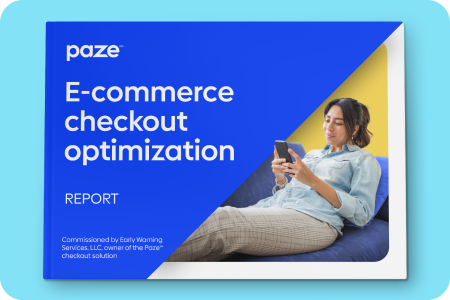


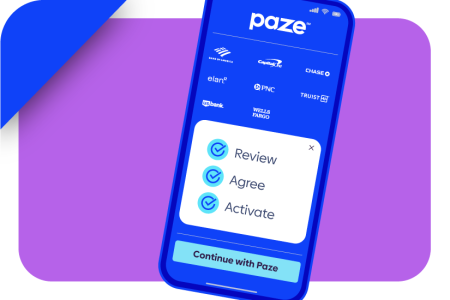
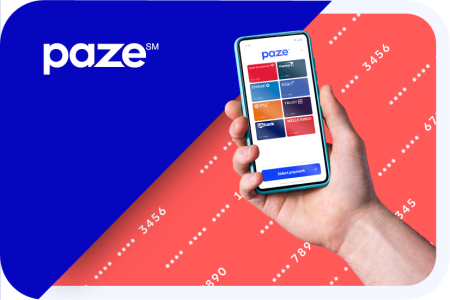
 at checkout?
at checkout?